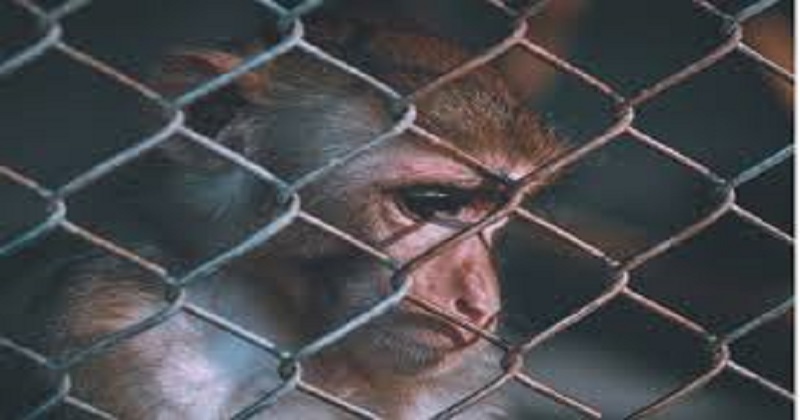
A total of 27 monkeys maintained by the National Aeronautics and Space Administration (Nasa) were slaughtered on a single day in 2019, as per the records accessed by the Guardian disclosed. The documents were acquired through a Freedom of Information Act plea. All the monkeys were “humanely euthanized” on February 2, 2019, at Nasa’s Ames research center in California’s Silicon Valley. The action has angered animal welfare campaigners. The monkeys were killed last year were more geriatric, and most of them had Parkinson’s illness. They weren’t utilized in any space missions or even for analysis. Rather, they were kept at the Ames facility in a joint care agreement between Nasa and LifeSource BioMedical a confidential drug research company leasing slot at Ames.

“Nasa does not have any non-human primates in Nasa or Nasa-funded facilities,” a Nasa spokesperson told. Meanwhile, LifeSource BioMedical director Stephanie Solis stated that the company had decided to bring the monkeys years ago when their age and deteriorating health made finding a home for them unattainable.’We approved to obtain the animals, serving as a sanctuary and delivering all care at our own expense, until their advanced age and worsening health resulted in a determination to humanely euthanize to dodge the low grade of life,’ she said.
She also said that LifeSource never executed any analysis on the animals. The news about Nasa killing 27 primates has initiated anger among animal rights activists. The US space agency was even criticized for its “obsolete behavior”.An expert in animal ethics at the University of New Mexico as saying that the monkeys “were suffering the ethological deprivations and frustrations inherent in laboratory life”.
The primates were “apparently not considered worthy of a chance at a sanctuary life. Not even a try? Disposal instead of the expression of simple decency. Shame on those responsible,” Gluck said. Mike Ryan, spokesman for Rising for Animals the group that brought the freedom of information documents was cited by the Guardian as saying, “What tragic afterthoughts these lives were, Nasa has many strengths, but when it comes to animal welfare practices, they’re ancient.”This comes in disparity to the truth that a record 74,000 monkeys were used in n US research and experiments in 2017. But, the US withheld from using primates in experiments after. This directed to a shortage for testing potential Covid-19 vaccines.
“The number of monkeys used in U.S biomedical research reached an all-time high last year, according to data released in late September by the U.S. Department of Agriculture (USDA),” a report in Science Magazine, published in 2018, stated. The US first slew a monkey in 1948 in the name of space quest a full decade before Nasa’s formation. Albert, a rhesus monkey, was embarked aboard a V2 rocket. He died of suffocation during his journey. Regardless, scientists said that it could enable them to learn about the physiological consequences of space travel, a report in Daily Mail conveyed. Another rhesus monkey, Albert II, survived his 83-mile-high rocket flight a year later but died after a parachute failure caused his capsule to hit down to Earth.

Post Your Comments